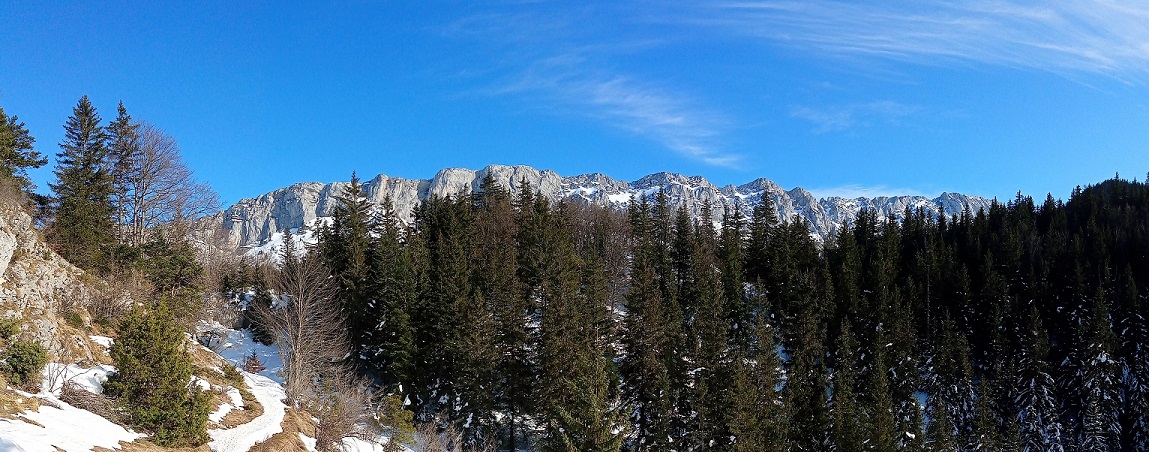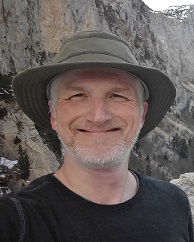STOKASTIKOS

Consulting, research and training company offering a range of services ranging from design to implementation of field protocols, data analysis, and promotion and dissemination of results.
Our motto : Keep your mind open but don't let your brain fall off!
It's essential to remain receptive to new ideas and challenges to our beliefs, but not to the point where we are no longer able to reject what is clearly false and accept what is evidently true.
About
Ricardo Nouailhetas Simon

I am an ecologist with a PhD in biology specializing in the relationships between humans, large predators, and wild and domestic ungulates.
I founded Stokastikos in 2025 after having been the technical coordinator of the LIFE WolfAlps EU project at the French Biodiversity Agency (OFB). I previously worked on the viability of the plains bison population of Prince Albert national park in Canada, on the use of satellite imagery to track biological and physio-chemical parameters of French lakes, and at the Brazilian sea turtle conservation project (TAMAR). I am also the author of a book on the ecological roles of wolves in North America and Europe "Un loup, ça sert à quoi ?" (in French only). Check out this page and this one to access the scientific papers, technical reports and other documentation I have produced.
Current projects
Evaluating the effectiveness of collars emitting ultrasound and light patterns to reduce wolf predation on sheep
Inspired by the E-shepherd used in South Africa to prevent predation on domestic livestock, these collars are activated when the equipped animal accelerates, and hence theoretically when it flees from an approaching or attacking predator. The aim of the project is to evaluate the tool's effect in reducing wolf predation on a flock of over a thousand sheep living in a hilly, wooded landscape, as well as the collar's potential effects on the behavior of the livestock guarding dogs and the sheep themselves. The tender for this project was called by the Mercantour national park in France. Stokastikos is involved as a partner alongside Field Data Analytics and the LAPSCO laboratory of the French Centre for Scientific Research.
